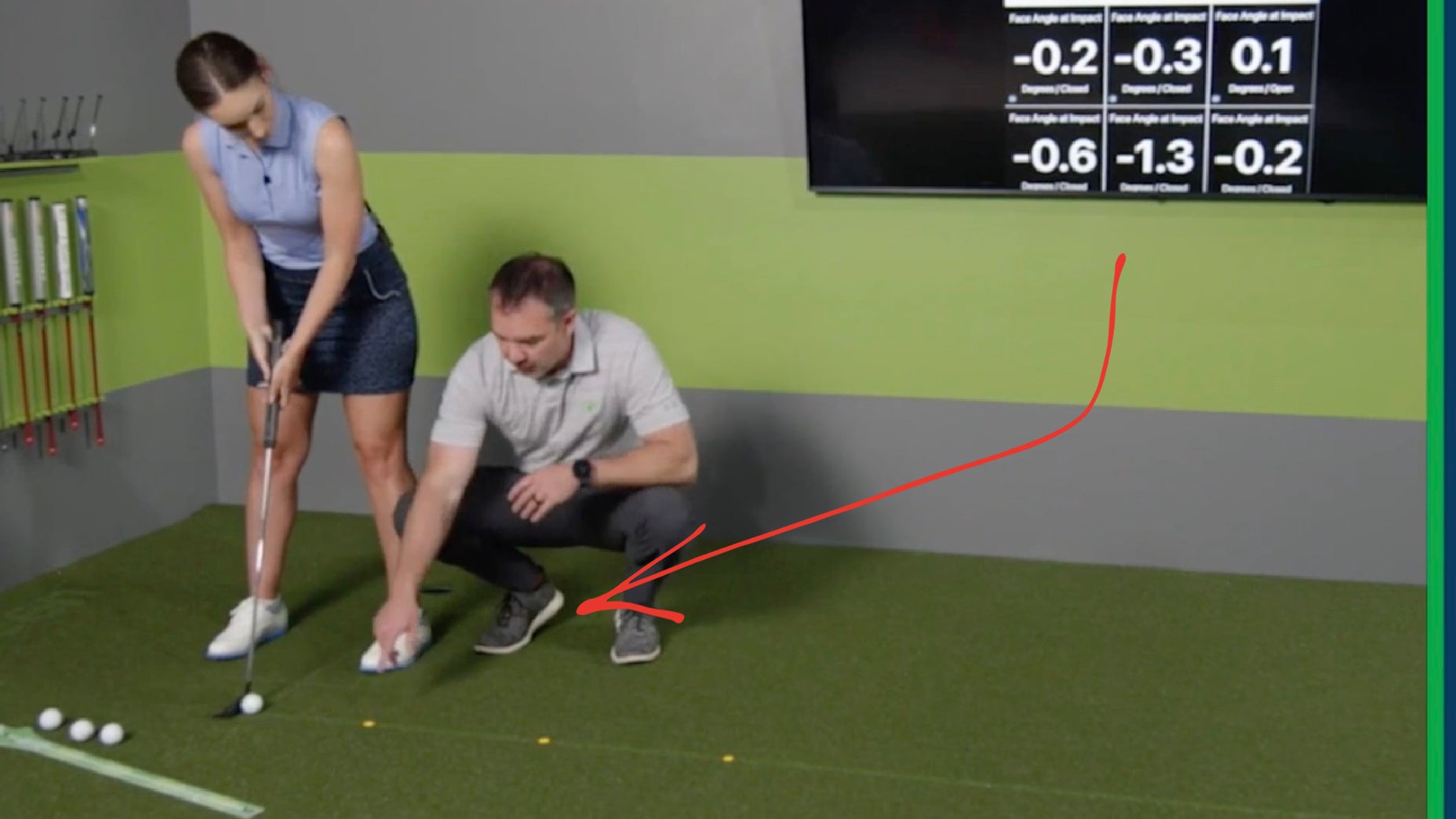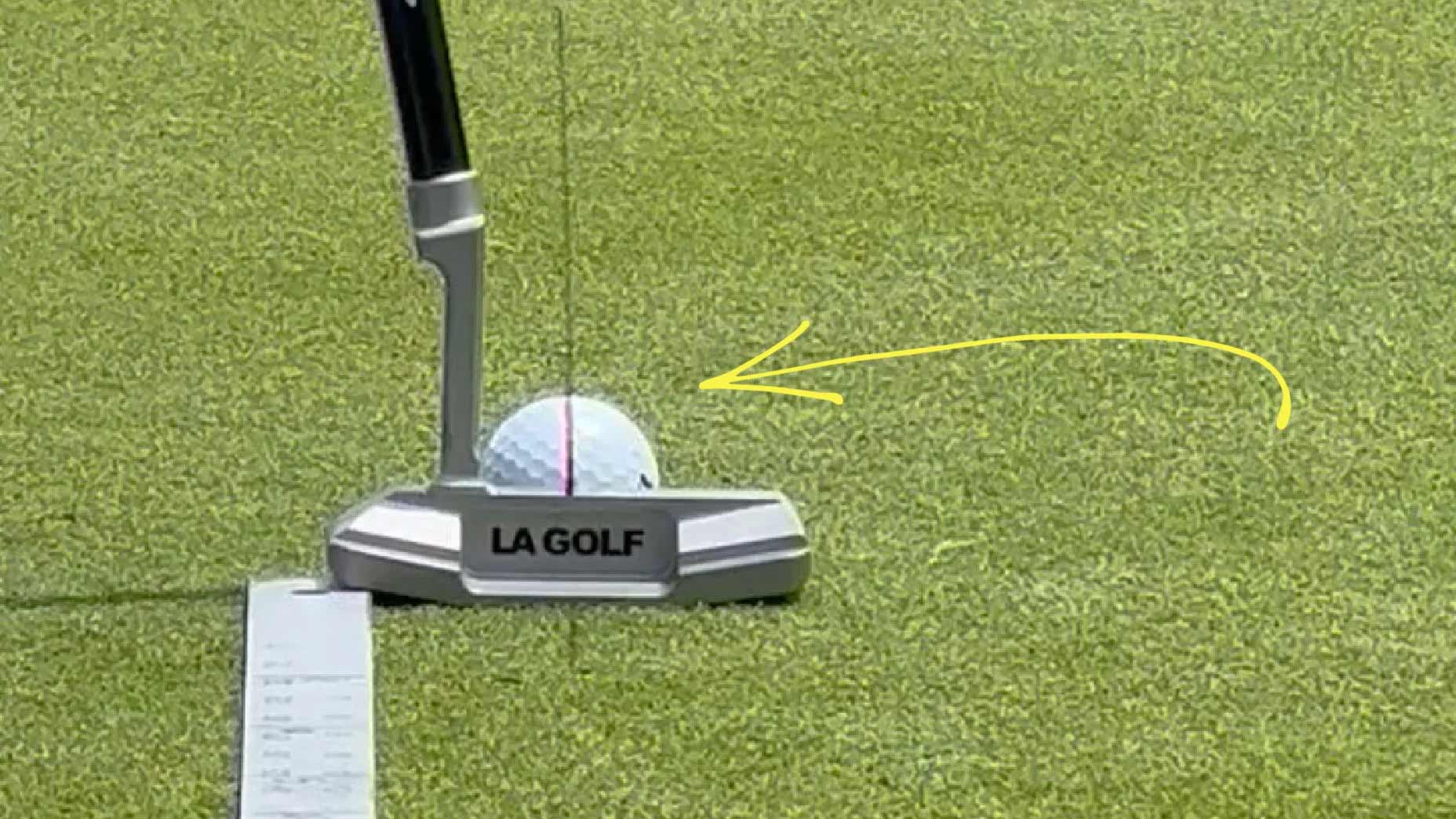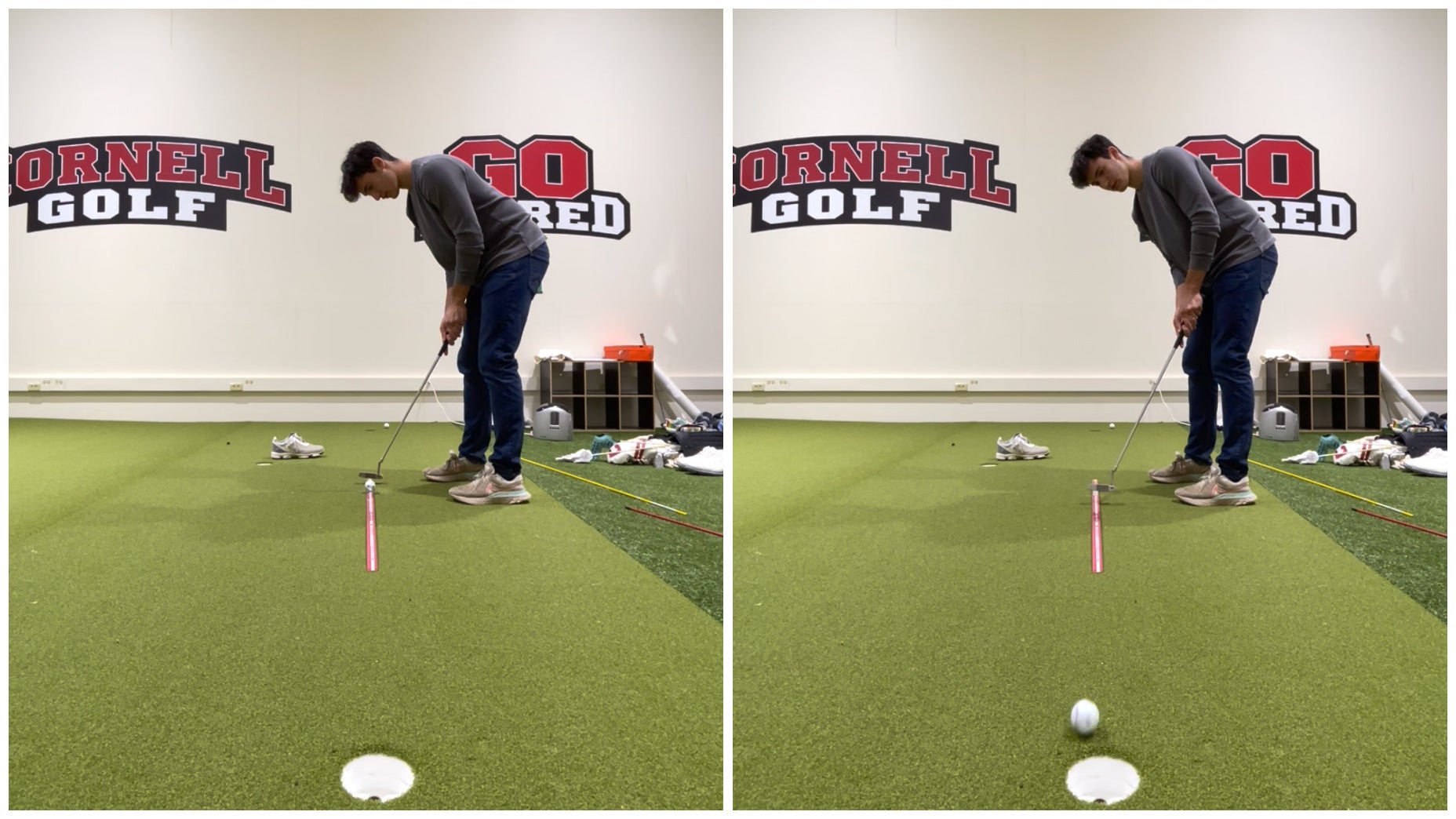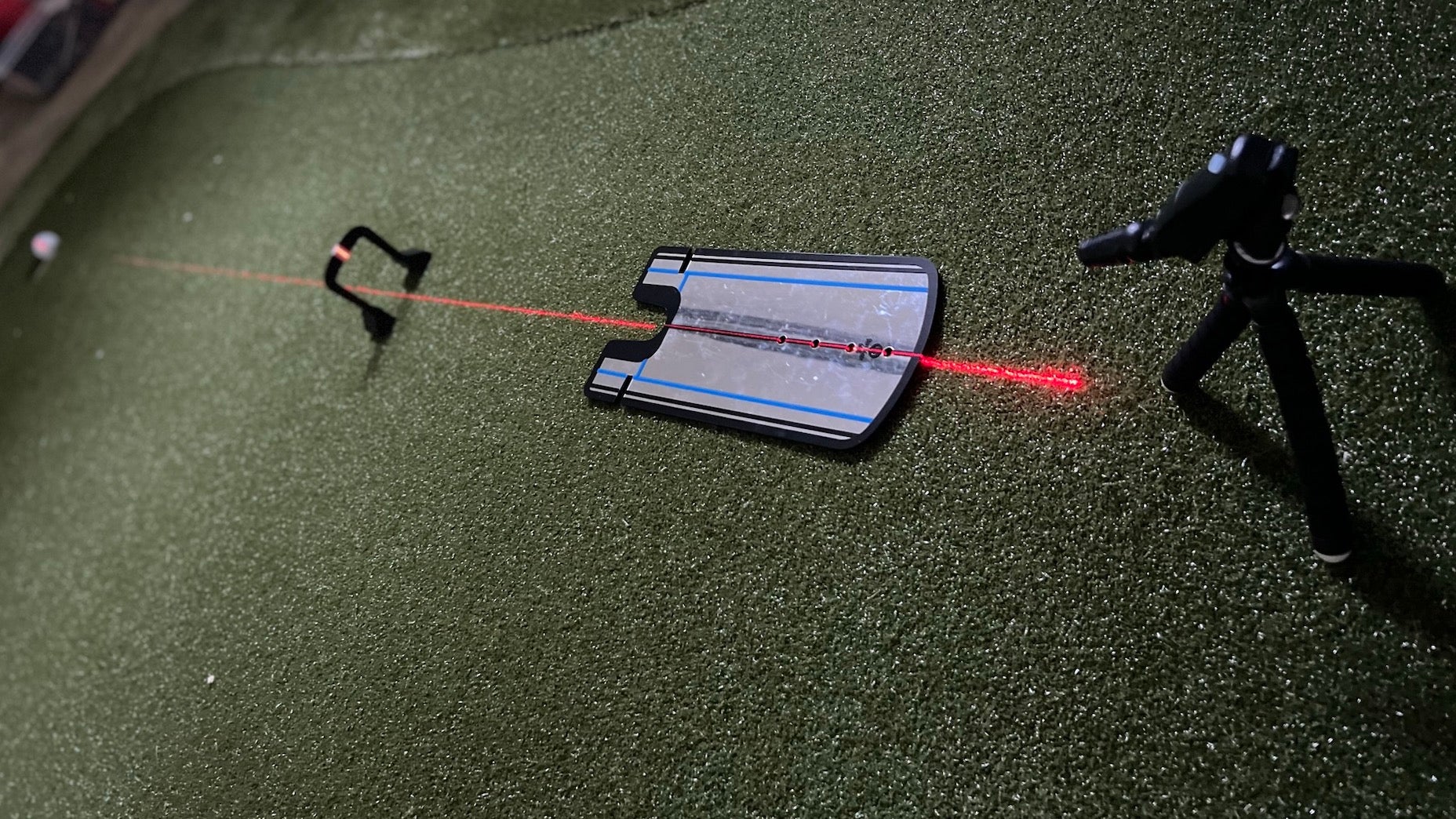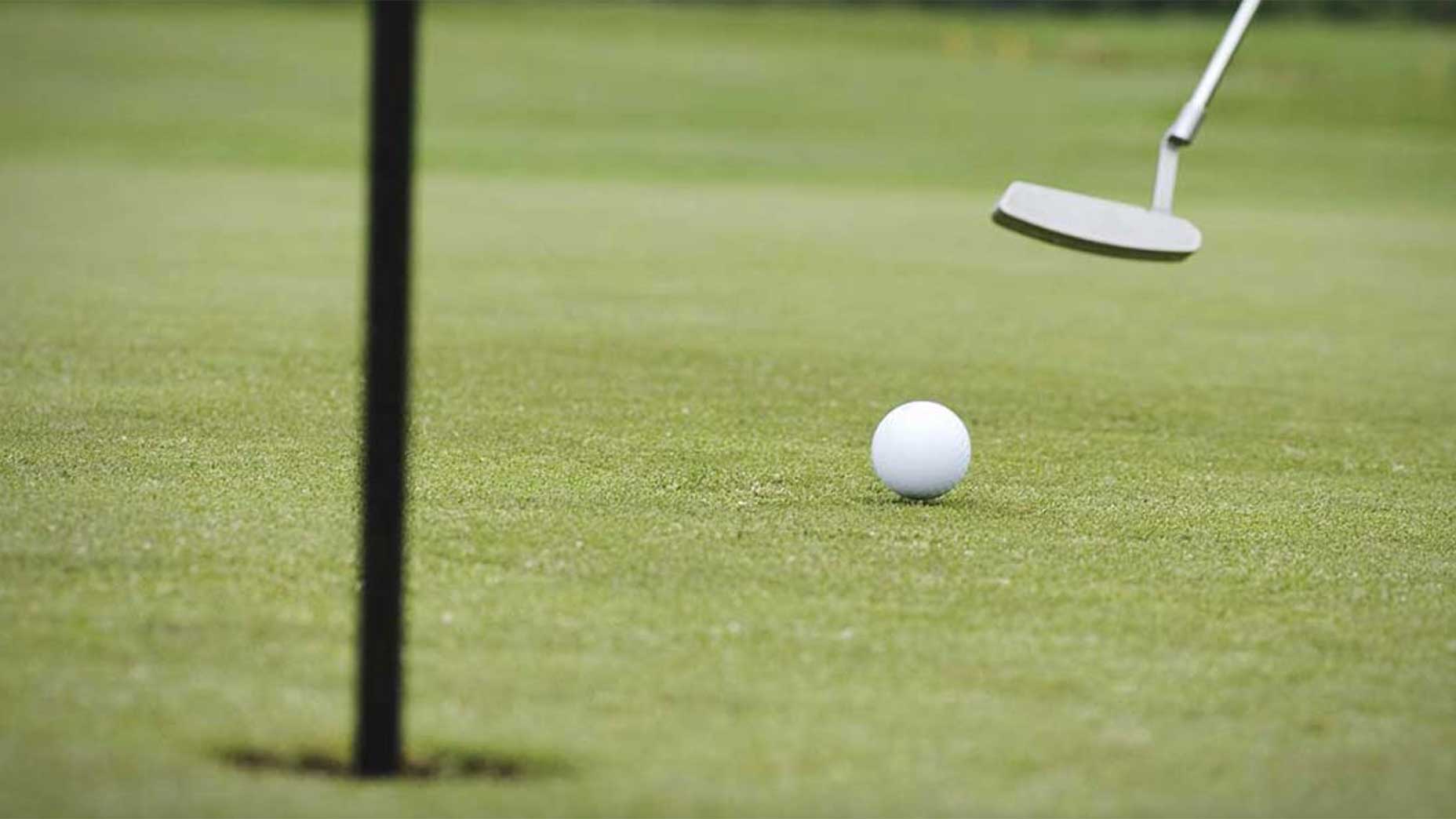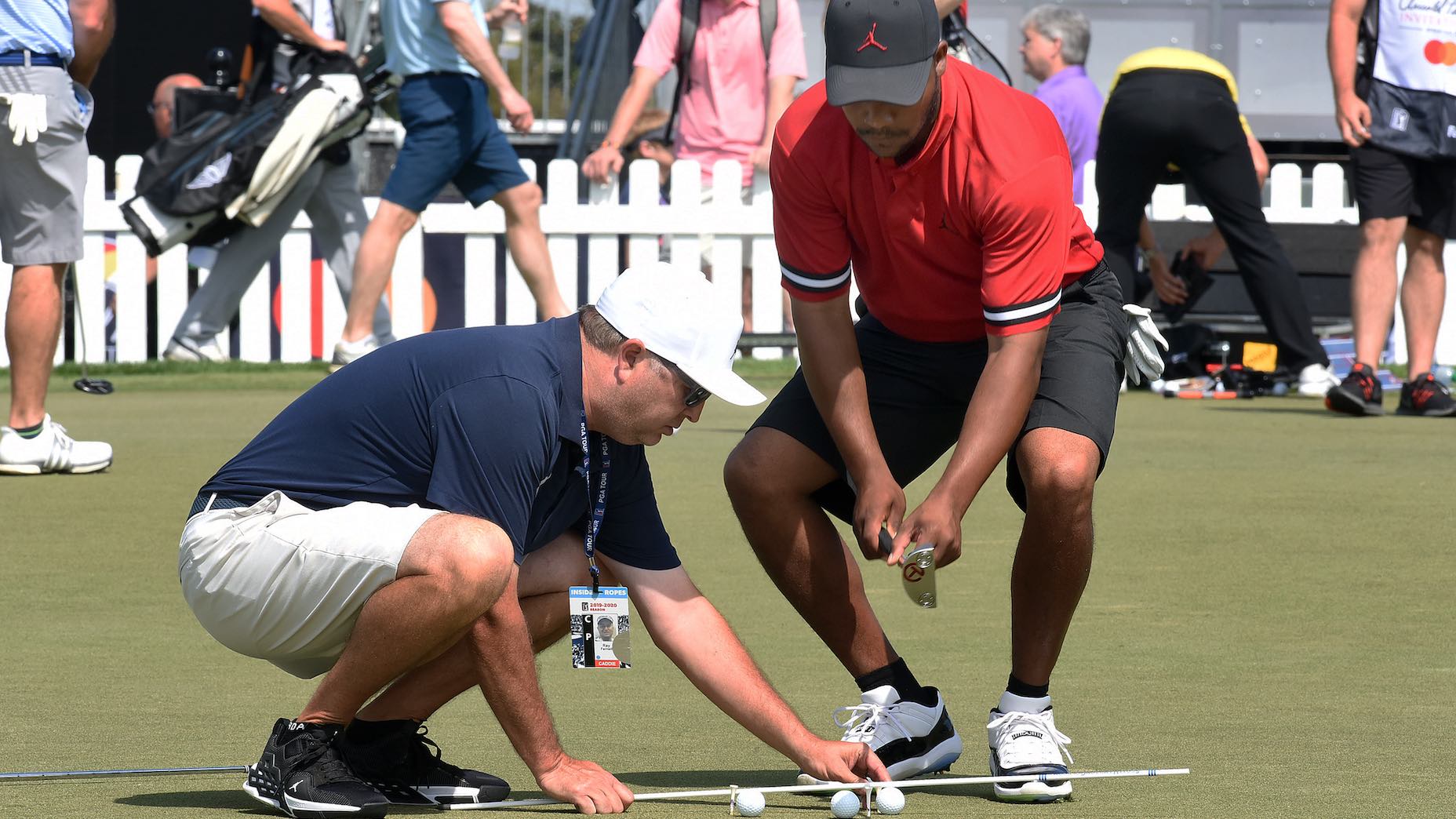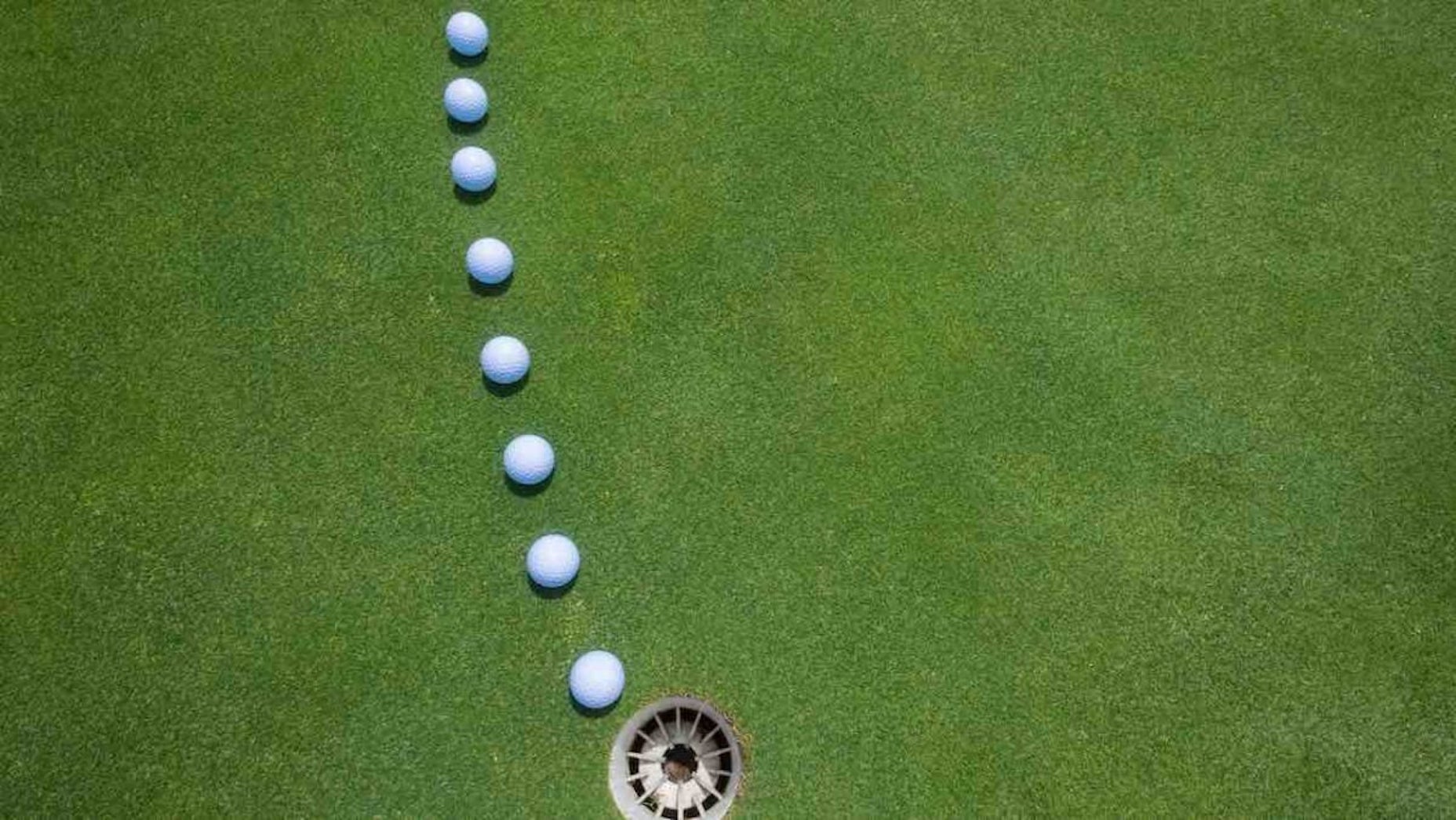This emergency putting drill helped propel the U.S. Amateur champ to victory

He's using two hands to putt here, but should he be?
Getty Images
We write a lot about putting drills around these parts. After all, it’s a hugely important part of the game, especially for amateur golfers.
Which brings us to newly crowned U.S. Amateur champ Tyler Strafaci. Despite walking away with the trophy, his week didn’t actually get off to the best of starts. He was T36 in the stroke-play portion, shooting 71-72 to leave him just two shots inside the cutline.
But while watching on TV, one of Strafaci’s close friends called him and told him the problem was his putting.
“I’ve played thousands of rounds of golf with him at Grande Oaks, and he’s like, ‘You’re not being aggressive, you’re slowing your backstroke and you’re just kind of hitting glancing blows,'” Strafaci recalled.

That’s when Strafaci’s coach, GOLF Top 100 Teacher Todd Anderson, gave his student a simple drill that worked like a charm:
“He’s like, ‘Tyler, I want you to hit putts with your right hand, get used to that pop, get used to making putts and just have great speed,'” Strafaci said. “And I putted for about I would say an hour, and I wanted to be ready. And I was ready. I felt really confident about my putting headed into [Sunday], which was good.”
Why one-handed putting works
Practicing your putting with one hand is a pretty common drill that we’ve read about professionals using in their own game. Tiger Woods is one of the biggest proponents of it.
Why does it work?
In a nutshell, because it helps you feel the weight of the putter head more acutely, which helps you make a more free-swinging stroke where the putter head releases past your hands.
Give it a try yourself; it may feel awkward at first, but if it works for the pros, it can work for you.


